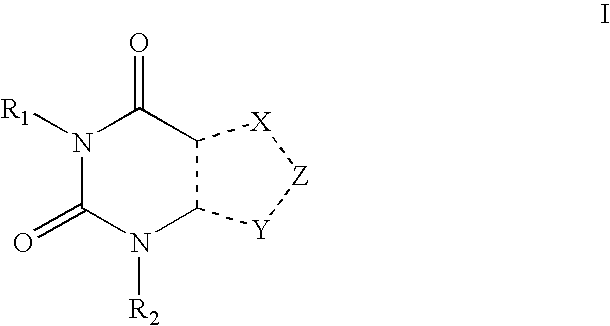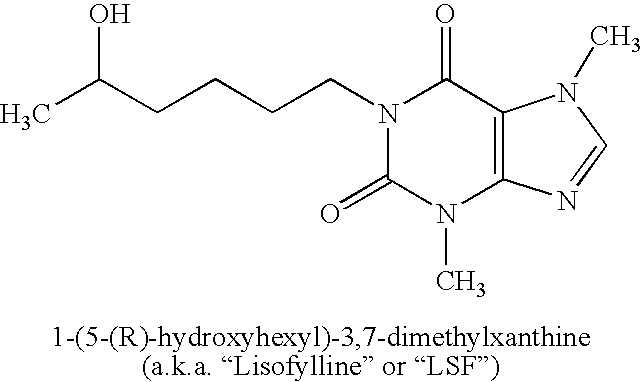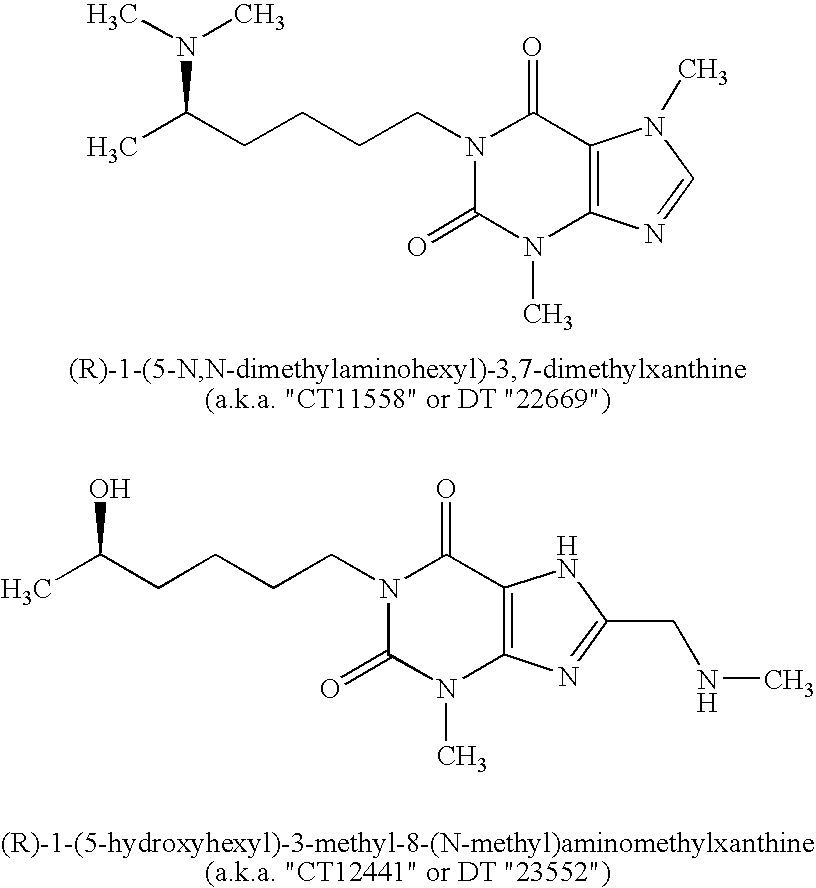Encapsulation system
a technology of encapsulation and system, applied in the field of encapsulation system, can solve the problems of reducing the host's immune response to the implanted material, and achieve the effects of reducing the host's immune response, enhancing the function of encapsulated islets or insulin producing cells, and preventing immune damag
- Summary
- Abstract
- Description
- Claims
- Application Information
AI Technical Summary
Benefits of technology
Problems solved by technology
Method used
Image
Examples
Embodiment Construction
[0011]All patents, patent applications and literatures cited or referenced in this description are incorporated herein by reference in their entirety. In the case of inconsistencies, the present disclosure, including definitions, will control.
DEFINITIONS
[0012]As used herein, materials that are intended to come into contact with biological fluids or tissues (such as by implantation or transplantation into a subject) are termed “biomaterials”. It is desirable that biomaterials induce minimal reactions between the material and the physiological environment. Biomaterials are considered “biocompatible” if, after being placed in the physiological environment, there is minimal inflammatory reaction, no evidence of anaphylactic reaction, and minimal cellular growth on the biomaterial surface. Upon implantation in a host mammal, a biocompatible microcapsule does not elicit a host response sufficient to detrimentally affect the function of the microcapsule; such host responses include formati...
PUM
 Login to View More
Login to View More Abstract
Description
Claims
Application Information
 Login to View More
Login to View More - R&D
- Intellectual Property
- Life Sciences
- Materials
- Tech Scout
- Unparalleled Data Quality
- Higher Quality Content
- 60% Fewer Hallucinations
Browse by: Latest US Patents, China's latest patents, Technical Efficacy Thesaurus, Application Domain, Technology Topic, Popular Technical Reports.
© 2025 PatSnap. All rights reserved.Legal|Privacy policy|Modern Slavery Act Transparency Statement|Sitemap|About US| Contact US: help@patsnap.com



